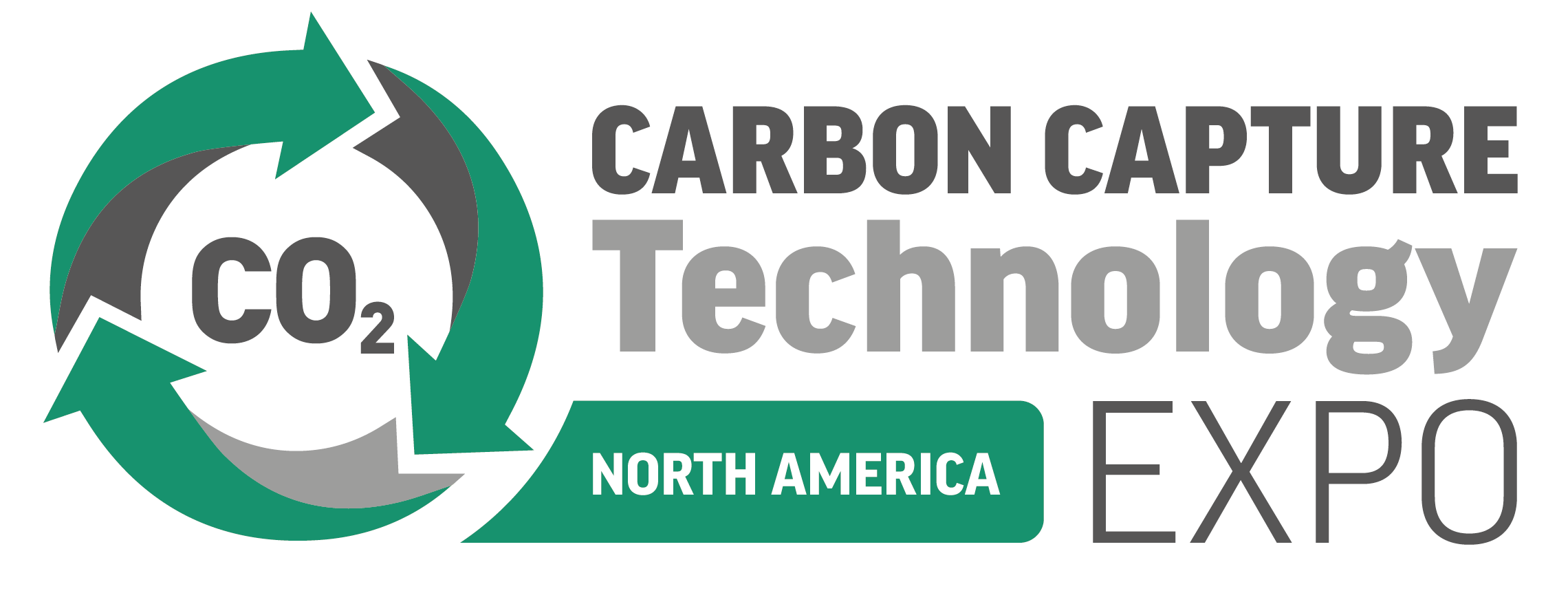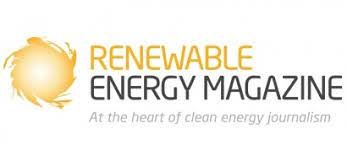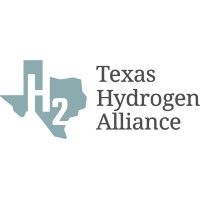More than 1.2 billion euros has been invested into cross-border infrastructure by the EU
)
A new plan which involves allocating 1.25 billion euros in grants, has been opened by the Commission. This will involve taking money from the Connecting Europe Facility (CEF) to the forty-one cross-border energy infrastructure projects. Allocating these specified grants will include taking 250M euros in order to support three extremely significant CO2 projects.
It has already been made clear that funding which is worth 250 million euros, would be enough to support the construction of three projects, as well as the financing of nine preparatory studies around CO2 infrastructure. Along with this, the Prinos storage facility within Northern Greece is due to be awarded close to 120 million euros, as the plan for this facility is for it to contribute to the first carbon capture and storage value chain within the South-Eastern Mediterranean region. Further to this, a second grant which will be dedicated to works which are worth fifty-five million euros, will go to construction works of the North Sea L10 CO2 storage facility. This particular facility is located on the Dutch continental shelf. Finally, the third grant to be awarded, will be provided to the Norne CO2 facility, which is based in Denmark, as this part of the grant will be intended for works that are just below twelve million euros. A huge benefit of these CEF-funded CO2 projects, is that part of their purpose is to contribute to the 2030 target of fifty million tonnes of annual CO2 injection capacity, which is highlighted in the Net Zero Industry Act.
Altogether, it is evident that this is the largest call for proposals under the current CEF Energy programme. This can be seen both in terms of applications received, as well as funding awarded, plus it goes further than the call’s original indicative budget of 850 million euros. On top of this, this call is also the first call under the revised TEN-E Regulation, which includes both hydrogen, as well as offshore electricity grid projects.
These projects which are dedicated to cross-border energy infrastructure investments are extremely important and are a major step forwards when it comes to securing Europe’s competitiveness, as proven through the Draghi report. The importance of these projects is highlighted through the way they will play a part in contributing to the EU’s goals around integrating energy markets, whilst simultaneously decarbonising the energy system.
Completing this funding decision occurred quickly after the 2024 call for CEF funding and the positive vote for this project occurred after the CEF Coordination Committee of 28th January 2025. Once the positive vote has taken place, the formal adoption of the award decision will follow soon after and from there the European Climate, Infrastructure and Environment Executive Agency (CINEA) will work towards preparing grant agreements with the beneficiaries. It has already been planned that the next CEF Energy call for proposals for energy infrastructure will take place in 2025.



)
)
)
)
)
)
)



)
)
)
)
)
)
)
)
)
)
)
)
)

)

)
)
)

)
)
)
)
)
)
)
)
)
)
)
)
)
)

)
)

)
)
)
)
)
)
)
)


)
)
)

)
)
)

)
)
)
)
)

